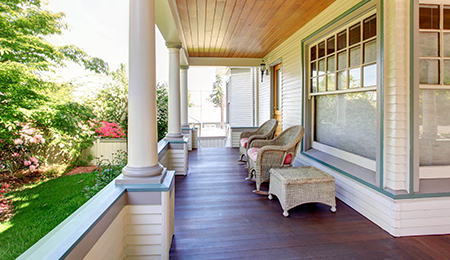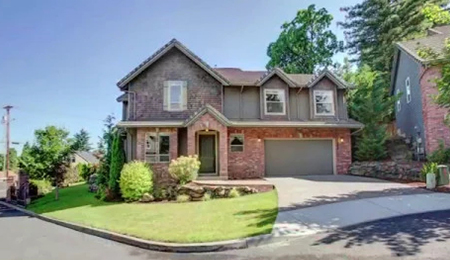A February update on our national and local real estate markets.
What in the world is happening in the real estate market? Let’s take some big picture ideas, boil them down into specifics, and look at all the news we have.
In January 2021, there were about 1 million homes for sale nationwide. This year, that’s down to 847,000. Not only do we have a supply shortage locally, but the whole country is seeing the same.
You might say that we have a demand shortage, too, since interest rates are rising. However, from January 2021 to January 2022, we only saw a 6% decrease in mortgage applications. The demand is still there, and that’s why I don’t think we’ll see any sort of downturn this year.
Let’s talk about our local market, starting with Clark County. In January, we were down 18.6% for listings. In the last three to four weeks, our active listings are up 17.3% compared to this time last year. Pendings are up 14.4%, and solds are down 35.3%.
Why is there that gap? Remember that the solds are back from early January, so we’re seeing the trend from back then. Our pendings and listings are up, so they will reverse that trend in about two or three weeks.
“We have a supply shortage across the whole country.”
In Portland, we were down 11% for active listings in January. In the last three to four weeks, Portland is up 7.3% in active listings, 15.6% in pendings, and down 15.1% in solds.
More properties are hitting the market, but we do have some volatility. People are asking me what’s going on in Russia and if that’ll affect our market. If I could answer all of that correctly, I’d be on a jet, giving advice to foreign leaders.
However, what I do see happening is some slowdown in appreciation. We can’t keep going at the pace we’re going; we are starting to see affordability issues. When our crazy market started, we were at 2% for interest rates, and now they have risen to around 4%.
Don’t get me wrong; our inflation is really high, and these rates are still very low. However, these increases will affect your buying power. A 1% increase in rates means a 10% decrease in buying power. If you could afford a $500,000 last year at 3%, now you can only a ford at $450,000 at 4%, and prices don’t look like they will go down this year.
If you have any questions, don’t hesitate to call or email us. We would love to hear from you.




